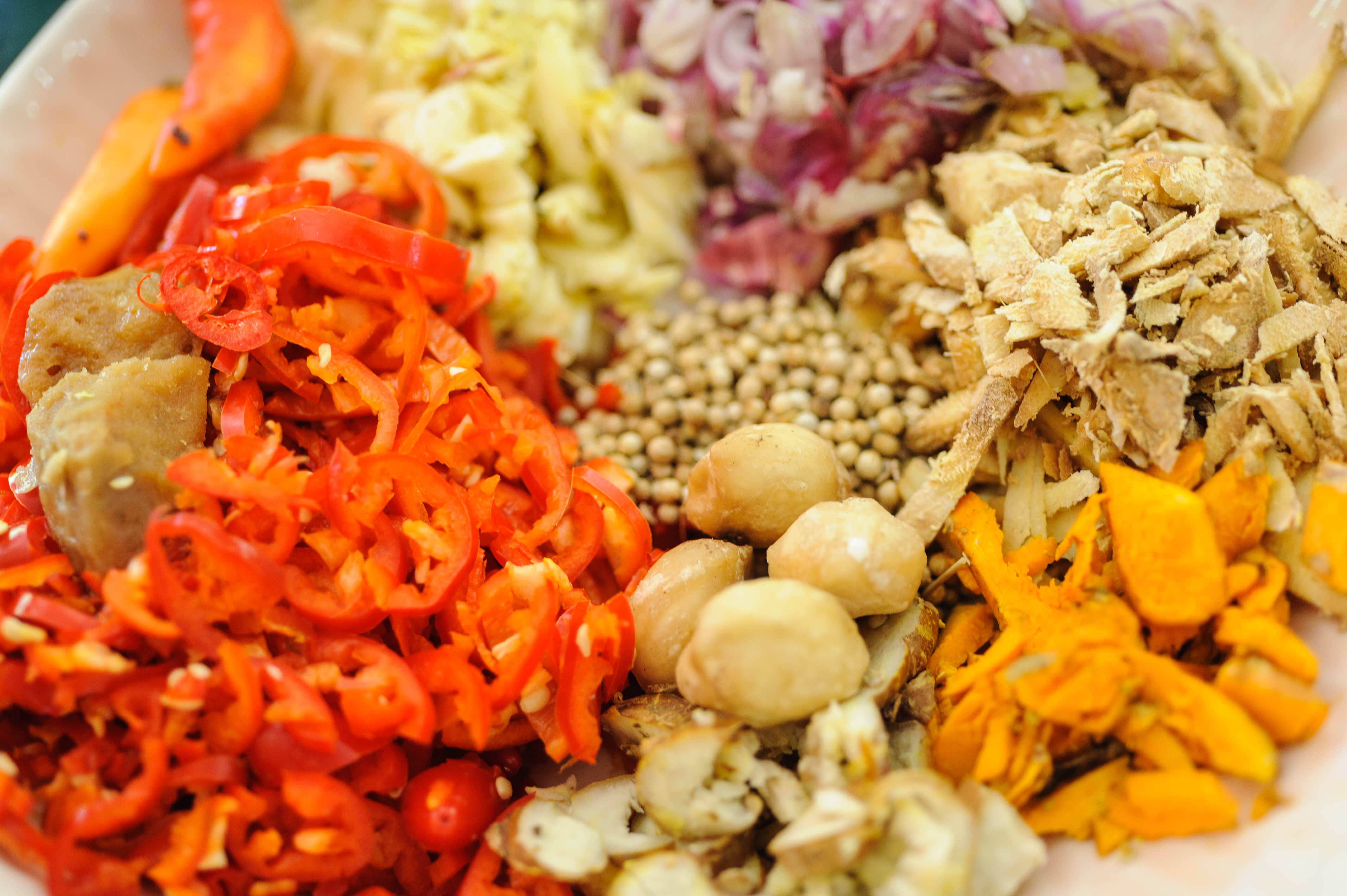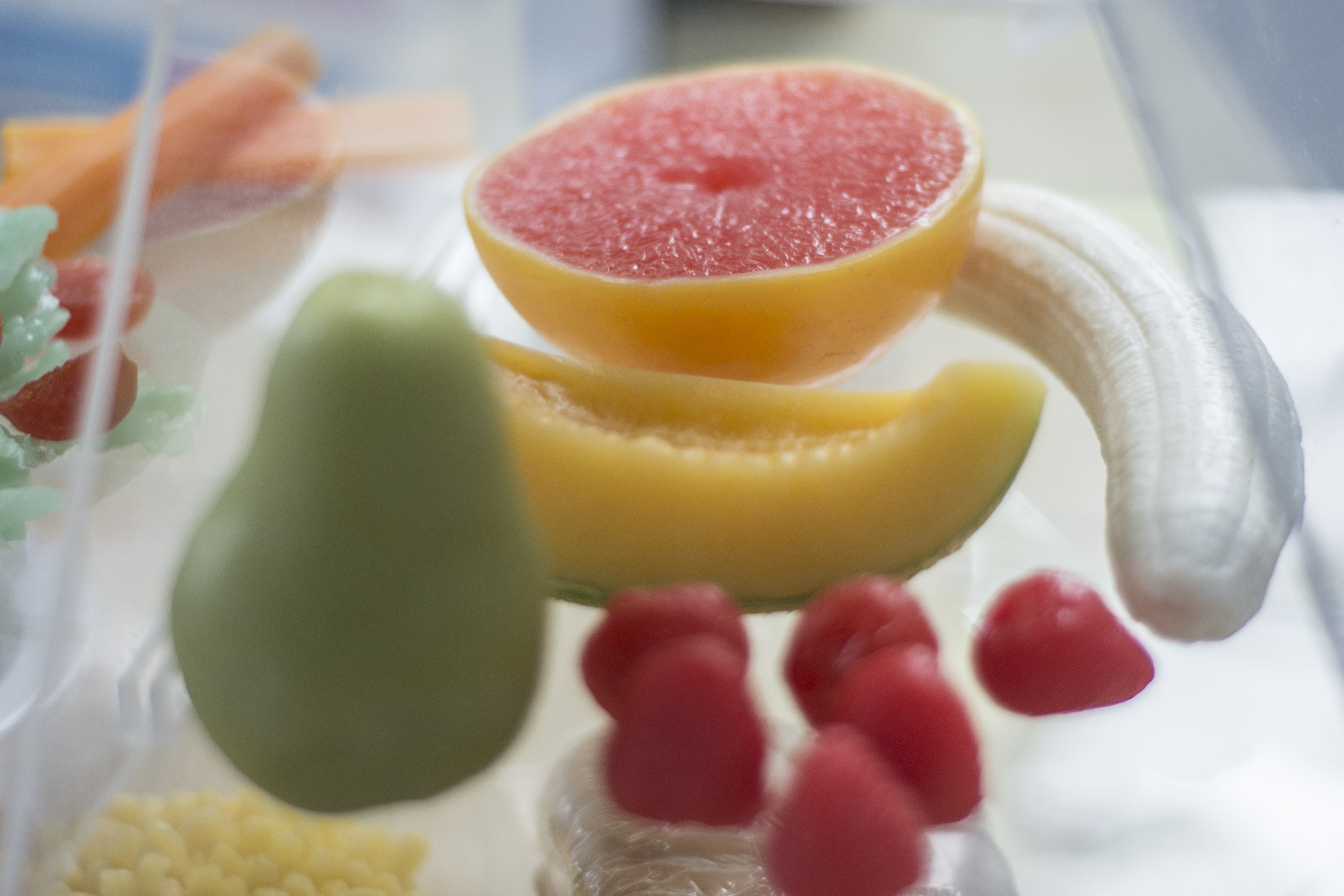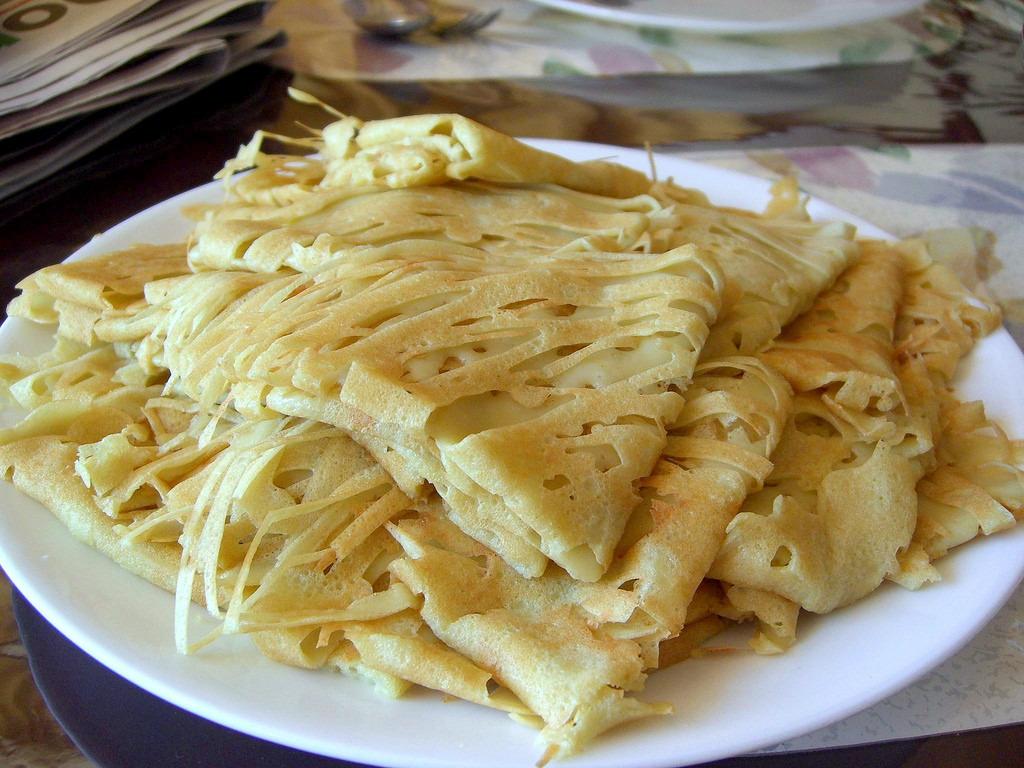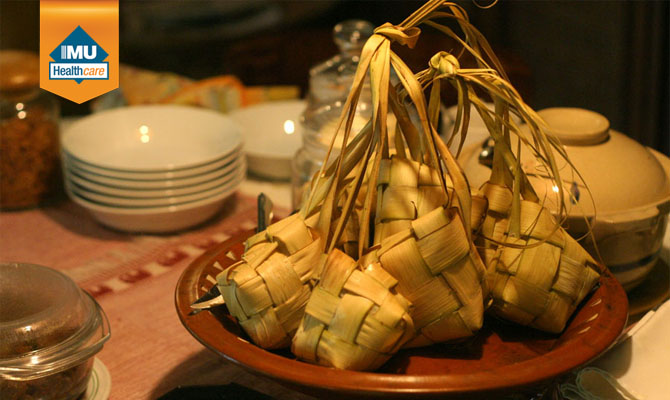It’s that wonderful time of year again where homes are teeming with rich, fragrant dishes and indulgent sweet treats, and where merriment is the overall sentiment. It’s also the time of year where our diets and efforts at the gym tend to slip and we sometimes undo all the hard work with just a few open houses; especially in this last few days of Raya where there would be marathon visiting of open houses to fulfill all invites.  Is there a way to enjoy without sacrificing our waistlines? Can we find the strength to say no to a plateful of robust rendang or buttery coconut rice, and most importantly do we have to? There is a way to strike a balance and it’s all in understanding the food we consume to make smarter choices when we’re faced with a buffet full of delights. One of the best ways to ensure you make the most of your Hari Raya visiting is to plan your visits to coincide with the times you normally eat. Therefore a 10 am visit may see you enjoying a cup of coffee or tea with a few biscuits, with a 12 pm visit serving as lunch. A 7 pm open house is a good time for dinner, ensuring that you will be eating on schedule, and will therefore not be overly hungry, and thus unlikely to overeat. With the greater emphasis on health, many homes will offer more low-calorie alternatives, along with the traditional favourites. If there is fruit served, begin with some of that before proceeding to the ketupat and rendang. Portioning is also an important element when Raya visiting. While it is only polite to accept your host’s hospitality and food, there is no need to overeat. Control your portions. Most homes allow guests to serve themselves, so take food in small amounts. A good way to limit yourself is to use a small plate, and to sit away from the food or where possible the dining table. Being near a tableful of food makes it very easy for you to reach out for second or third helpings as well as make it easy for the host to heap on extra helpings! Should you still feel hungry, consider drinking a glass of plain water and waiting for ten minutes before you head to the dining table again.
Is there a way to enjoy without sacrificing our waistlines? Can we find the strength to say no to a plateful of robust rendang or buttery coconut rice, and most importantly do we have to? There is a way to strike a balance and it’s all in understanding the food we consume to make smarter choices when we’re faced with a buffet full of delights. One of the best ways to ensure you make the most of your Hari Raya visiting is to plan your visits to coincide with the times you normally eat. Therefore a 10 am visit may see you enjoying a cup of coffee or tea with a few biscuits, with a 12 pm visit serving as lunch. A 7 pm open house is a good time for dinner, ensuring that you will be eating on schedule, and will therefore not be overly hungry, and thus unlikely to overeat. With the greater emphasis on health, many homes will offer more low-calorie alternatives, along with the traditional favourites. If there is fruit served, begin with some of that before proceeding to the ketupat and rendang. Portioning is also an important element when Raya visiting. While it is only polite to accept your host’s hospitality and food, there is no need to overeat. Control your portions. Most homes allow guests to serve themselves, so take food in small amounts. A good way to limit yourself is to use a small plate, and to sit away from the food or where possible the dining table. Being near a tableful of food makes it very easy for you to reach out for second or third helpings as well as make it easy for the host to heap on extra helpings! Should you still feel hungry, consider drinking a glass of plain water and waiting for ten minutes before you head to the dining table again.  The Ministry of Health espouses the 55555 or Five 5s guideline as a way to stay healthy during Hari Raya. This includes eating items from all five food groups every day, which include five servings of fruit and vegetables (one serving of cooked green vegetable amounts to half a cup). The Ministry also suggests apportioning 500 calories to each major meal time, limiting ourselves to five grams (or one teaspoon) of sugar in our drinks. Finally, the final five calls for some form of exercise five times a week. A balanced diet need not be restrictive. In fact, many Hari Raya favourites have a place in the food pyramid. Rice or ketupat can form the basis of your celebratory meal, with rendang, curry, serunding or satay accounting for the protein and meat. If you round up the meal with a large helping of raw vegetables like ulam, or a vegetable dish which has been prepared without too much coconut milk or oil like pecal (blanch mixture of vegetables) minus the dressing, it is possible to keep your meal to the stipulated 500 calories. Whenever possible, opt for the non-fried options. Keep your eyes peeled for lighter food choices, as well. This includes opting for gado gado instead of pasembor, since the former features more vegetables and less fried items; and soto ayam as compared to lontong which would have coconut milk in it. If you trade a piece of ayam percik and its coconut paste gravy for chicken satay, you may also be saving on calories. Other replacements you may be able to make are roti jala instead of lemang.
The Ministry of Health espouses the 55555 or Five 5s guideline as a way to stay healthy during Hari Raya. This includes eating items from all five food groups every day, which include five servings of fruit and vegetables (one serving of cooked green vegetable amounts to half a cup). The Ministry also suggests apportioning 500 calories to each major meal time, limiting ourselves to five grams (or one teaspoon) of sugar in our drinks. Finally, the final five calls for some form of exercise five times a week. A balanced diet need not be restrictive. In fact, many Hari Raya favourites have a place in the food pyramid. Rice or ketupat can form the basis of your celebratory meal, with rendang, curry, serunding or satay accounting for the protein and meat. If you round up the meal with a large helping of raw vegetables like ulam, or a vegetable dish which has been prepared without too much coconut milk or oil like pecal (blanch mixture of vegetables) minus the dressing, it is possible to keep your meal to the stipulated 500 calories. Whenever possible, opt for the non-fried options. Keep your eyes peeled for lighter food choices, as well. This includes opting for gado gado instead of pasembor, since the former features more vegetables and less fried items; and soto ayam as compared to lontong which would have coconut milk in it. If you trade a piece of ayam percik and its coconut paste gravy for chicken satay, you may also be saving on calories. Other replacements you may be able to make are roti jala instead of lemang.  Watch out however for the kuih muih and cookies, as sugar is present in quite high amounts in favourites like dodol, wajik and bahulu. If you fancy some of these sweet treats, it may be a good idea to forego sweet drinks like rose syrup or cordials for plain water and significantly reduce intake of the “heavier” main dishes. After your meal, it may be a good idea to give up sitting down, and instead, offer to help your host to clean up. This not only strengthen bonding with family and friends but helps you stay active, and may burn a few calories more than sitting down chatting. Finally, knowing that you’ve eaten more than you are usually accustomed to, make plans to spend the morning or evening walking or jogging in a park nearby, or even going to the gym. The benefits are two-fold: you will be burning the calories from the festival feasting, and you will probably enjoy how empty the gym is during the Hari Raya period. Enjoy the feasting….! This article is brought to you by IMU Healthcare.
Watch out however for the kuih muih and cookies, as sugar is present in quite high amounts in favourites like dodol, wajik and bahulu. If you fancy some of these sweet treats, it may be a good idea to forego sweet drinks like rose syrup or cordials for plain water and significantly reduce intake of the “heavier” main dishes. After your meal, it may be a good idea to give up sitting down, and instead, offer to help your host to clean up. This not only strengthen bonding with family and friends but helps you stay active, and may burn a few calories more than sitting down chatting. Finally, knowing that you’ve eaten more than you are usually accustomed to, make plans to spend the morning or evening walking or jogging in a park nearby, or even going to the gym. The benefits are two-fold: you will be burning the calories from the festival feasting, and you will probably enjoy how empty the gym is during the Hari Raya period. Enjoy the feasting….! This article is brought to you by IMU Healthcare.









